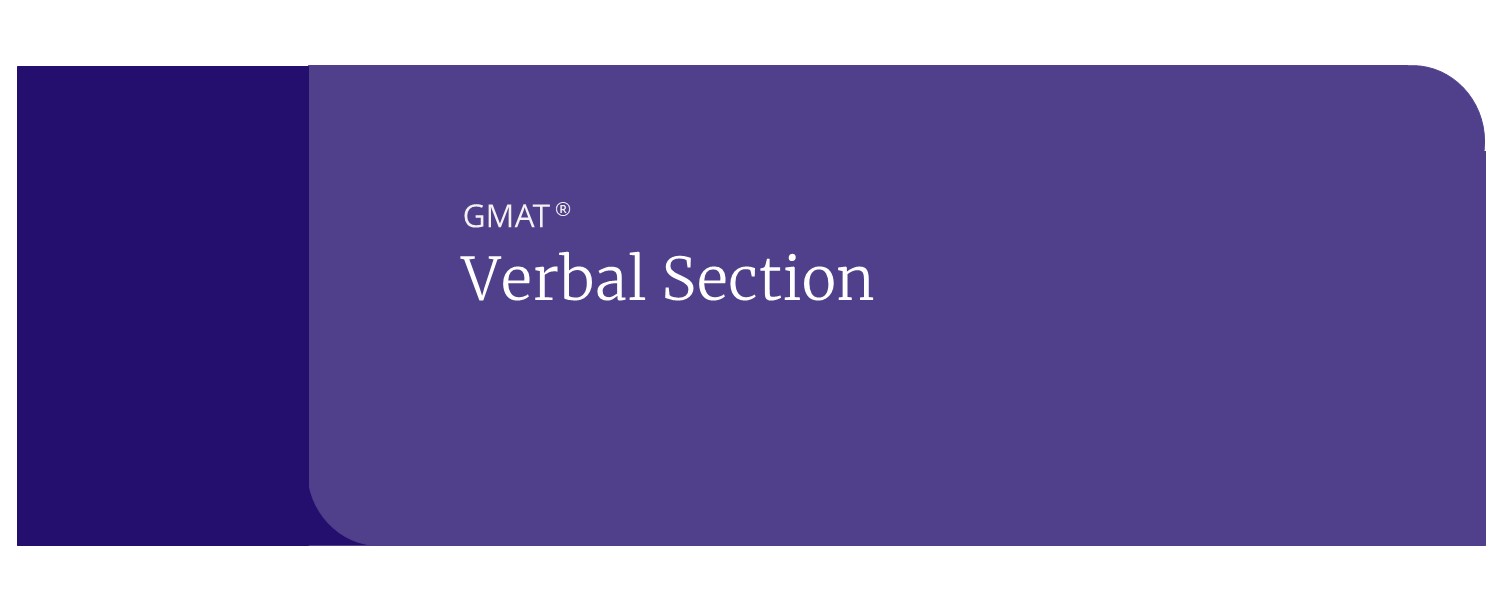What To Know About GMAT Practice Tests
When it comes to taking practice tests, many GMAT test-takers fall into one of two categories. The first type is made up of students that think of practice tests as THE way to prep. These students will take practice test after practice test, sometimes taking up to four or more a week. The second group is made up of students that are afraid to take any practice tests. These students will exclaim, “I have not studied everything and will do terribly if I take a practice test.” With this mindset, these students will fail to take practice tests until perhaps the week or two before their actual exam.
So, which approach is correct? Not surprisingly, both of these mindsets are problematic. Test-takers in the former group miss opportunities to focus their practice on their problem areas. This focused practice is essential to improving one’s GMAT score and simply taking additional tests will not help students improve their understanding of content.
On the other side, test-takers who fail to take any practice tests until the last minute will not be prepared for the pressure of test day. Additionally, these students will not be used to the endurance needed to take a three and half hour exam.
This means, in order to successfully prepare for test day, students must find a happy medium between these two extremes. In order to gain both test-taking experience and content-specific review, those prepping for the GMAT should aim to take about one practice test per week. After taking each test, you should review all of the problems and then make sure to work in areas you missed several questions in over the course of the week. By following this system, you will be maximizing the effectiveness of your studies and on your way to a top GMAT score.
Diagnosis vs. Prognosis
GMAT students need to take as many computer-adaptive practice tests as possible. That way a test-taker can experience what the real GMAT is like, and there’s no better to do that than to sit for four straight hours and experience the challenge of facing progressively difficult questions.
So what will often happen is this: a student, heeding this critical advice, will take a first practice computer-adaptive test, get instant feedback, and make a key error while interpreting the score: Diagnosis vs. Prognosis.
What’s the difference? Here’s an example. A medical diagnosis tells you what, if anything, is wrong. It identifies a condition; a headache, sprain, etc. A prognosis is a forecasting of the probable outcome, especially the chance of recovery.
A practice test score, whether or not it’s the first one you’ve received, is a diagnosis. The test gives you a score, which you can use to identify what is “wrong.” More important than the actual number, you review that test to see what your greatest areas of opportunity to improve are.
A practice test score is NOT a prognosis. It doesn’t tell you your chance to get better. You are not fated to any particular score based solely on what you’ve scored on a practice test. The greatest thing that students don’t realize is that their improvements are within their control.
So what’s the biggest takeaway from that very first practice test? No matter what a student’s goal is: the ultimate goal of the first practice test (assuming you’ll take more practice tests later on)… is to complete it, uninterrupted. Once done with that last question on the verbal section, pat yourself on the back and do something fun; remind yourself that you’re now closer to doing well on the GMAT because you just experienced what it will be like. There are many other test-takers who go into the GMAT having prepared without looking at full-length, computer-adaptive tests.
Why are my GMAT practice test scores fluctuating?
You’ve been studying religiously for the GMAT, learning all of the content and formulas you need, practicing under timed conditions…and suddenly, your practice test scores went down! How is that possible, you wonder? Is all the work that you’re doing pointless? Are you doomed to stay at this low score level no matter what?
Relax, and know that it is NORMAL for your practice test scores to fluctuate.
Learning new approaches can slow you down initially
Any good test prep material will provide you with strategic, methodical approaches to each type of GMAT question. Having a step-by-step approach that you take for every question type ensures that you are never just sitting there on test day, staring blankly at the screen. Learning these methods, though, takes time and practice, and you may even SLOW DOWN for a period as you master the strategic approach. Think about learning how to type properly—at first you may type slower than your own practiced method, but eventually, typing appropriately by touch will be faster than any method you had used.
The approaches advocated by test prep companies are PROVEN to be effective, while your own “just-wing-it” approach is not. Keep practicing the proven methods– just know that it will take some time until you see results.
It’s not testing day yet—you’re still learning and improving
Unless your test is tomorrow, you have not completed your course of study yet, and hence there are pieces of the GMAT puzzle that you invariably have not devoted as much time to at this point. Maybe it is work formula questions, drilling on parallelism, learning how to attack permutations …but your practice tests will help you identify those pieces that you still need to work on, ensuring that by test day you’ve done all that you can in practicing each topic and question type of the test.
You can have an “off” day
Did you take the practice test at home? Was the TV on, the phone ringing, dinner cooking? Were you tired, or hungry, or just not focused? Some test-takers find that when they know a test is just practice, they can’t always take it as seriously, and might find their minds wandering during reading passages for example. They will often see an increase between their last practice test score and their real exam, since they are focused and ready on test-day. Other test-takers might find that some days they are less determined and focused due to personal or environmental factors, which might bring down a given day’s practice test score. This also underscores the importance of being well-rested and eating a good breakfast on test day!
Staying positive after GMAT practice test score fluctuations
There are always going to be fluctuations in your performance on any given day. Even the real GMAT has a margin of error. And along the way, if you take 6-10 practice tests, which Kaplan and other test prep companies recommend, you are more than likely to see variability as well. The most important thing to do is to remember than no one practice test score is necessarily indicative of your exact score on test day—use the practice tests as a crucial learning tool instead of thinking of them solely as score indicators. After each practice test, set up another study session where you review the exam in its entirety, including all of the explanations. Learning to improve from mistakes that you made under timed, test-like conditions is one of the best things you can do for your real GMAT score.
GMAT Practice Test vs. GMAT Test Day
Manhattan Prep Powered by Kaplan’s free online GMAT practice test is a computer-adaptive exam just like the actual GMAT. Taking this practice test is very much like taking the actual GMAT. If you are taking the GMAT Online, you should practice taking the GMAT in the same space that you plan to take the GMAT Online. If you are planning on taking the GMAT at a testing center, and you used realistic GMAT practice tests during your GMAT prep, your experience should be pretty similar to what you have practiced.



